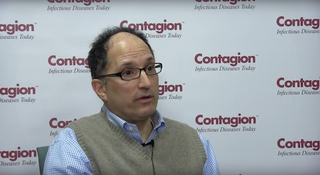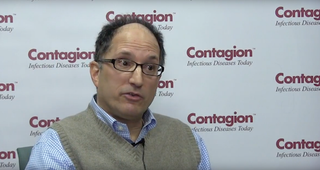
MRSA
Latest News

As the rise of antibiotic-resistant bacteria leads to higher rates of life-threatening infections from pathogens such Clostridium difficile and methicillin-resistant Staphylococcus aureus (MRSA), researchers are increasingly looking to probiotic treatment as an important part of fighting infections.
Latest Videos

CME Content
More News

Michael Calderwood, MD, MPH, previously assistant hospital epidemiologist and associate director of antimicrobial stewardship at Brigham and Women’s Hospital, outlines ways in which infection prevention strategies can be modified to fit the needs of immunocompromised individuals.
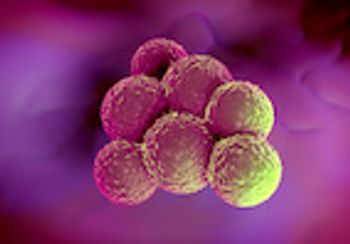
A new study conducted by Andreas Peschel, PhD, and colleagues at the University of Tuebingen in Germany, has shown that lugdunin, a bacteria naturally produced by the human body, can be used as an antibiotic that can eliminate Methicillin-Resistant Staphylococcus aureus (MRSA).

Jeff Boyd, PhD, assistant professor of Biochemistry and Microbiology at Rutgers school of Environmental and Biological Sciences, explains how Staphylococcus aureus and other microbes become antibiotic-resistant.

Jeff Boyd, PhD, assistant professor of Biochemistry and Microbiology at Rutgers School of Environmental and Biological Sciences, explains the difference between Staphylococcus aureus and Methicillin-resistant Staphylococcus aureus.
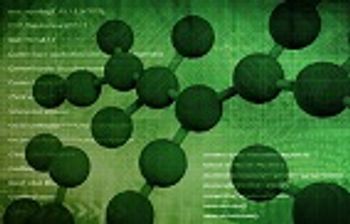
Researchers at Jiangsu University in China have demonstrated that whole genome sequencing can be used to confirm findings from traditional bacterial genotyping methods to identify outbreaks of MRSA and control nosocomial transmission.
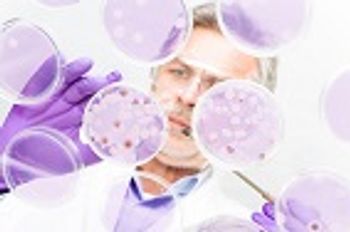
On March 8, 2016, researchers at the Ulsan National Institute of Science and Technology reported the development of an antibacterial fabric that inhibits the growth of bacteria, including antibiotic-resistant bacteria.
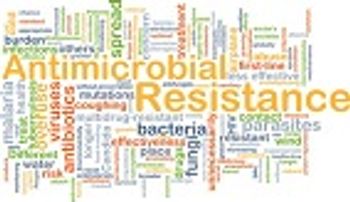
The Centers for Disease Control and Prevention believes far too many Americans are exposed to "dangerous, drug-resistant bacteria" in hospitals and other healthcare settings.

Study finds no evidence that long-term daily use of CHG leads to high levels of antibiotic resistance in bacteria on patients' skin.

After swabbing 20 beards, more than 100 bacteria growths were identified.








